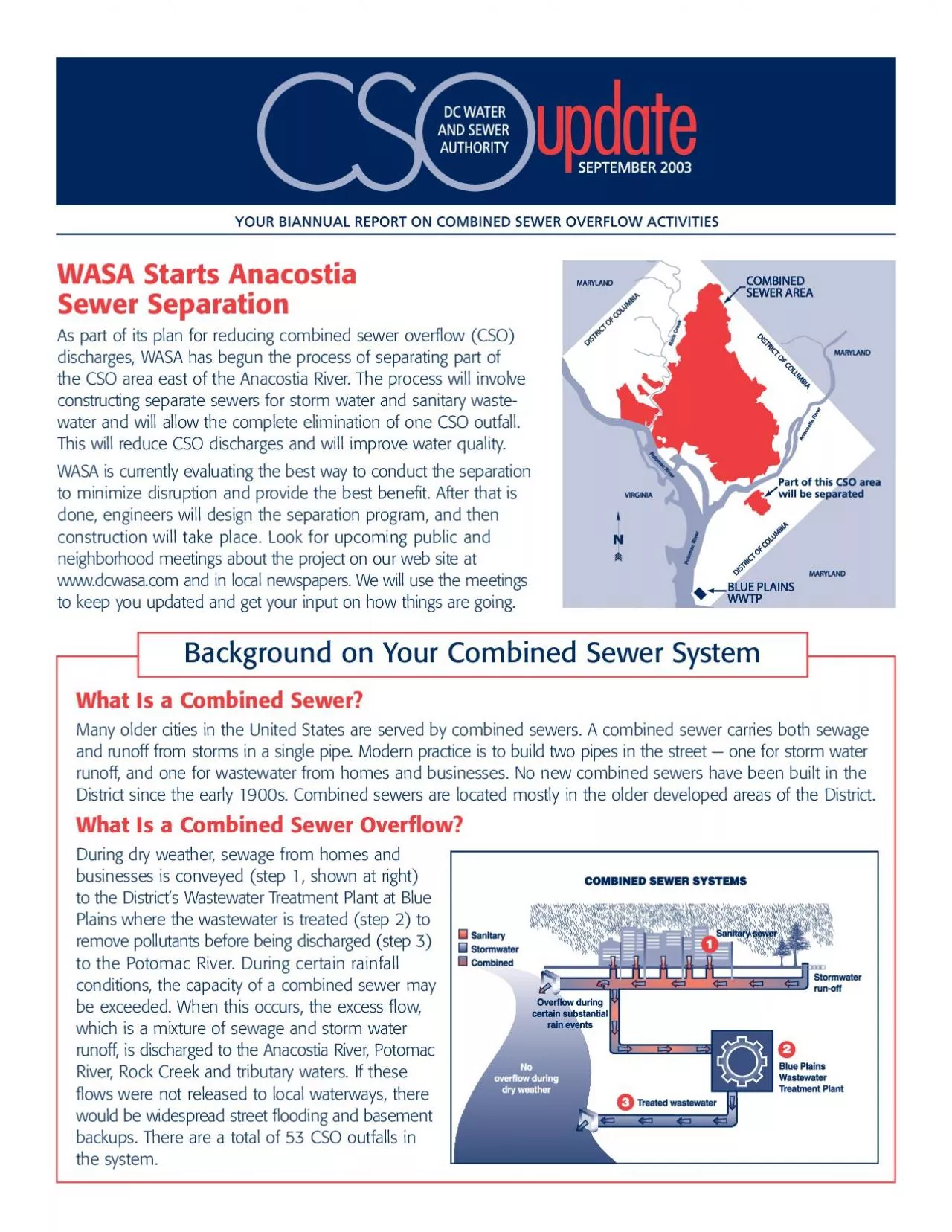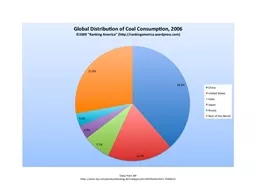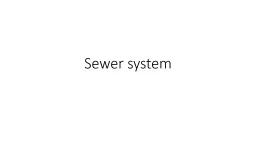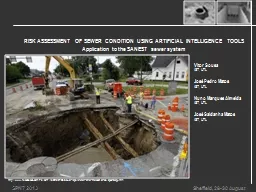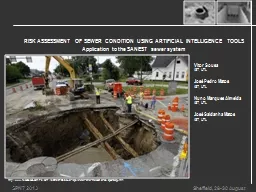PDF-Many older cities in the United States are served by combined sewers
Author : freya | Published Date : 2021-07-06
Starts Anacostia As part of its plan for reducing combined sewer overflow CSOdischarges WASA has begun the process of separating part of the CSO area east of the
Presentation Embed Code
Download Presentation
Download Presentation The PPT/PDF document "Many older cities in the United States a..." is the property of its rightful owner. Permission is granted to download and print the materials on this website for personal, non-commercial use only, and to display it on your personal computer provided you do not modify the materials and that you retain all copyright notices contained in the materials. By downloading content from our website, you accept the terms of this agreement.
Many older cities in the United States are served by combined sewers: Transcript
Download Rules Of Document
"Many older cities in the United States are served by combined sewers"The content belongs to its owner. You may download and print it for personal use, without modification, and keep all copyright notices. By downloading, you agree to these terms.
Related Documents

